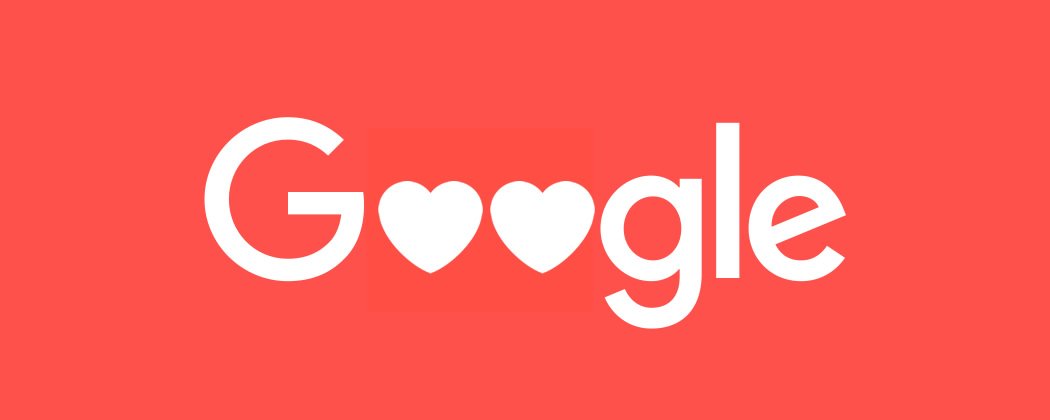10 Things to do Make Google Love Your Website
I like to think that I am an active participant in social media such as Facebook and Instagram and admit I do utilise it as a means for promoting my business. I therefore completely agree that it offers a lot of opportunities both in terms of engagement and sales.
However, I also think it’s important to avoid getting so caught up in the social media promotion that you forget about good old fashioned SEO (Search Engine Optimisation).
I know, I know! You don't want to do it; you hate the idea of committing your words to your website; your'e not confident or have no idea what is best - so you do nothing and bury your head in social media once again for a few more months.
If you have a WordPress website simply install the Yoast Plugin or All In One SEO plugin and Google 'best setup for...' and get going. Both these plugins enable you to manage all aspects detailed below - or if you are a true techno-phobe (no judgement, after all you are good at what you do and are busy running your business) then employ me to get it setup for you. Really, your website is not worth having without these fundamentals in place.
To help you, here is a list of just twelve (there are plenty more but that's for another article) ways you can make your small business website more “search engine friendly.” I want to point out that this list assumes you’ve already done keyword research to identify your target keywords. If you haven’t then first research what keywords you should optimise your website for (Google will help with that too) and then implement these suggestions.
1.Have unique and compelling meta title tags:
Not only do title tags tell search engines what your site is about, they also give users an insight into your business and tell the user you might be just what they are searching for. In turn it gives them reason for them to click through to your website instead of a competitors. If your competitors are writing compelling title tags and your’e not then you have already lost their attention. Don’t waffle though, meta titles should be short (approx 50 characters) and applicable to both your business and to the information on the web page itself.
2.Have well-written and unique meta descriptions:
Since a meta description is used for the text under the title link in search results, you want to write really good ones that contain keywords and accurately describe the different pages of your site. Descriptions should be about 165 characters in length and always use unique descriptions per page on your website.
3.Use keywords in your internal link anchor text:
Search engines pay a lot of attention to the links on your site, along with the words that you use in them. Instead of using phrases like “click here” or “for more information,” use text that contains keywords and tells users where they will be going. However, keep it natural so it will make sense to visitors and avoid being too key wordy with your text or button links.
4.Use relevant keywords in your general page content:
While some people will say you should only write for humans and others will say you should write for search engines, the truth is that you need to find a balance between the two. Over-stuffing a single keyword into your content dozens of times will not only make you sound ridiculous when visitors read it, it could also trigger an over-optimisation penalty from Google resulting in a black mark against your website! Instead find creative ways to include a couple of keywords for search engines to come across. For example a few times in your copy, as well as once in the title, heading or subheading of the page should be sufficient.
5.Use descriptive alt text and titles on images:
Alt text is short for “Alternative Text”. All images on your website should have alt tags and titles. Alt tags are used to describe the image, and in the event that the server cannot find the image it’s looking for, the alt text will display instead. Alt tags are a great opportunity to add some extra keywords to a page.
6.Use descriptive filenames for images:
If you have an image of a Dog Basket, instead of something generic like image1.jpg, you should name the file dog-basket-1.jpg.
7.Use keywords in Headings (H1, H2, H3):
A basic and important aspect of on-page optimisation, this allows you to tell Google (and users) exactly what your website / business is about. Google will use these headings to determine a keyword match when a potential customer is using Google to search for businesses such as yours.
8.Focus on homepage optimisation:
Your home page is the most important page of your entire website, and the key to your business being found by search engines. Your home page should house your main keywords spread throughout the title, heading, content and alt tags. If you only have time to optimise one page - make it this one!
9.Have an HTML sitemap:
Putting an HTML sitemap on your website will make it easier for Google to crawl your site-wide content.
10.Have an XML sitemap:
An XML sitemap is a coded sitemap that makes it easier for search engine spiders to index all the pages of your website. WordPress has tools to allow you create and XML sitemap within the free Yoast and All In One SEO plugins or ask your developer for help. Once it’s created, you’ll want to register your sitemap with Google Search Console.

